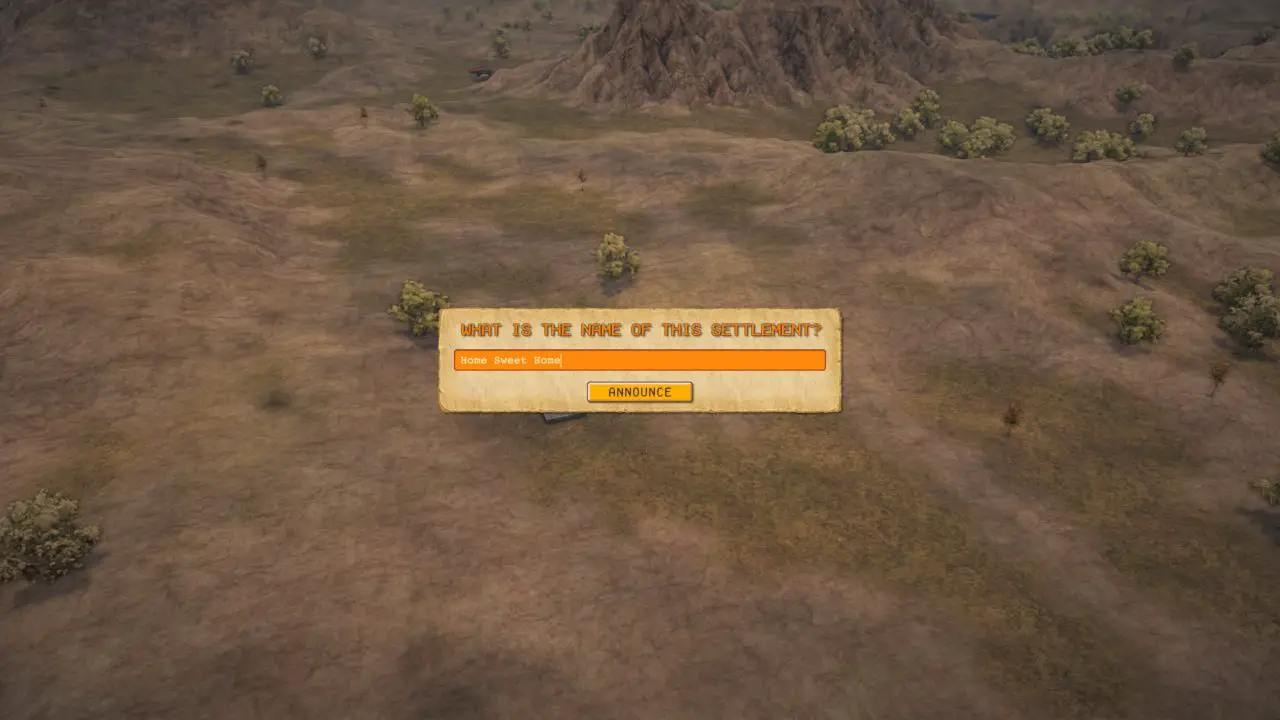
“People try to rebuild life by staying strong. “Since I started this project, I always knew I had a responsibility to share the story of these people with the world,” she told RFI at the Bayeux Art and History Museum, where her works are on display until the end of October. When asked why she keeps returning to places so torn apart by violence and with so much suffering, Ashrafi says her photography enables her to humanise the conditions of war, offering her audience a chance to relate to those whose lives have become an unimaginable struggle.

Inside the IDP camp of Kabarto, a Yazidi boy who fled Sinjar with his family after the massacre in 2014, plays with whatever he can find. It is prefaced by Allan Kaval, journalist for Le Monde, whose reports on Syria won him the Albert-Londres Prize for French journalists, as well as two prizes at the Bayeux Awards in 2020.Īutonomous Kurdistan region of northern Iraq, Duhok, Kabarto camp, April 2016. Her book spans this long period of her work. She began to document the evolution of the Kurdish militant movement in Iraqi Kurdistan and Turkey, and their subsequent battles with the Islamic State in Syria. Thanks to the help of her family’s connections to the Kurdish resistance network, Ashrafi found ways to cross difficult borders and join groups of fighters, observing their rituals.

After studies in photography and sociology, she felt compelled to returned to the region. She doesn't rush from one battle scene to the next, but instead spends time in one place, getting close to the people and their communities, and documenting how the war is shaping their daily lives.īorn in Iran in 1982 on the heels of the Islamic revolution – and during the Iran-Iraq war – Ashrafi grew up in Britain, where her left-leaning family chose exile. She sees herself as an observer, a witness. With her petite frame and her long, dark, flowing hair and quiet voice, Ashrafi defies the description usually associated with a “war reporter”.

Ashrafi's new book Rising Among Ruins, Dancing Amid Bullets is a testament to the courage of those behind the frontlines for whom, despite the horrors of bloody combat, life carries on.


 0 kommentar(er)
0 kommentar(er)
